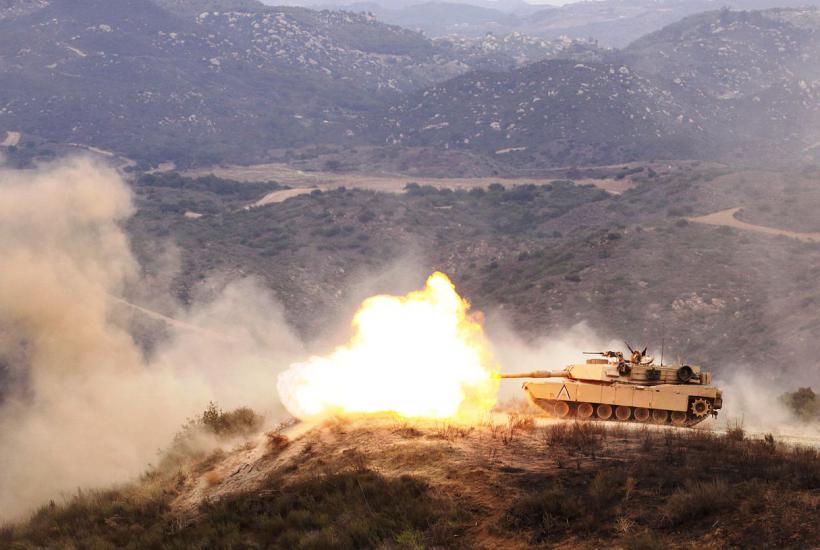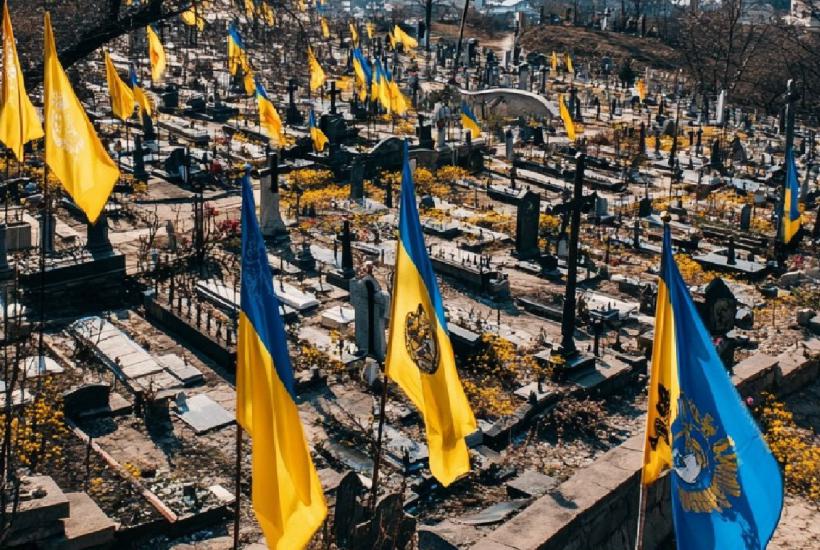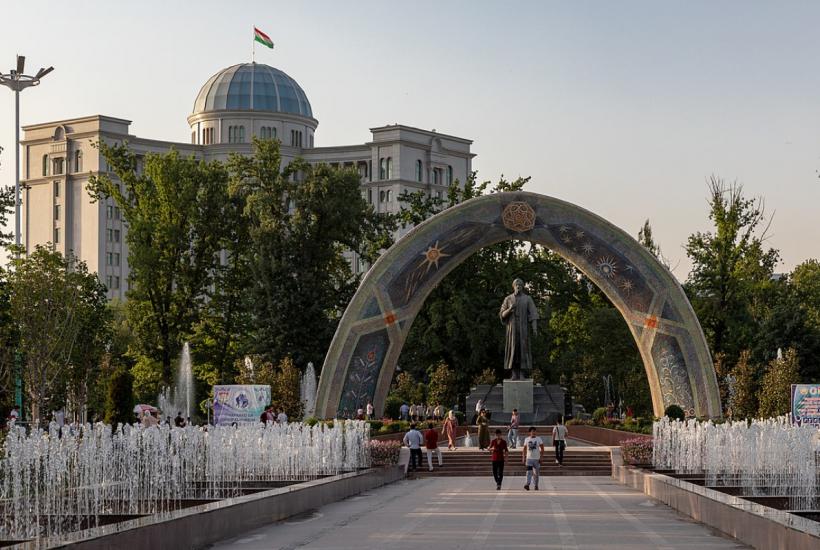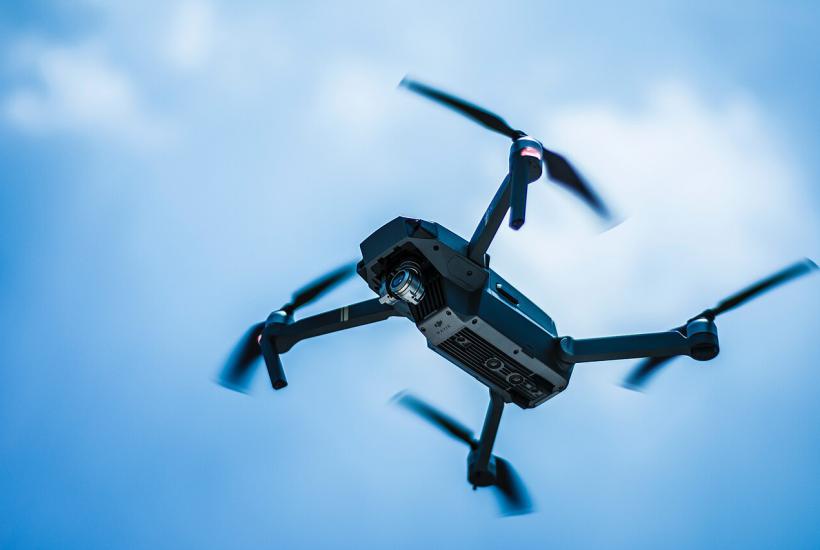Zelensky shows video of captured North Korean soldiers
Volodymyr Zelensky published a video showing two captured, allegedly North Korean soldiers. The Ukrainian President offered DPRK leader Kim Jong-un to exchange them for Russia-held Ukrainian soldiers.
"Ukraine is ready to hand over his people to Kim Jong-un if he can organize their exchange for our soldiers held in captivity in Russia. There may be other ways for those soldiers from North Korea who do not want to return," Zelensky said.
One of the captivated soldiers in the video said that he did not know where he was staying. His superiors told him that he was going to exercises.
One of the fighters captured by the Ukrainian military in the Kursk region was found to have a Russian military ID card issued in the name of a real resident of the Republic of Tyva (Tuva).
A photo of the military ID card previously appeared on Volodymyr Zelensky's Telegram channel. The card was issued in the name Tyva resident Antonin Aranchin, born in October 1998. The document indicates his place of birth and civilian profession (tailor).
South Korea: Over 300 DPRK fighters killed in Russia
According to South Korean intelligence services, more than 300 North Korean soldiers were killed in the Kursk region of Russia, 2,700 others were wounded, Yonhap news agency said.
In December 2024, South Korean intelligence claimed that the losses of the North Korean contingent in Russia's Kursk region amounted to 100 people. About 1,000 DPRK soldiers were wounded.
Neither the Russian nor the DPRK authorities have provided any details about the alleged losses among North Korean soldiers in battles with the Armed Forces of Ukraine.
Details
Tuva officially the Republic of Tuva, is a republic of Russia. Tuva lies at the geographical center of Asia, in southern Siberia. The republic borders the federal subjects of the Altai Republic, Buryatia, Irkutsk Oblast, Khakassia, and Krasnoyarsk Krai, and shares an international border with Mongolia to the south. Tuva has a population of 336,651 (2021 census). Its capital city is Kyzyl, in which more than a third of the population reside. Historically part of Outer Mongolia as Tannu Uriankhai during the Qing dynasty, the last imperial dynasty of China, Tuva broke away in 1911 as the Uryankhay Republic following the Xinhai Revolution, which created the Republic of China. It became a Russian protectorate in 1914 and was replaced by the nominally independent Tuvan People's Republic in 1921 (known officially as Tannu Tuva until 1926), recognized only by its neighbors the Soviet Union and Mongolia, before being annexed into the former in 1944. A majority of the population are ethnic Tuvans who speak Tuvan as their native tongue, while Russian is spoken natively by the Russian minority; both are official and widely understood in the republic. The Great Khural is the regional parliament of Tuva.
Subscribe to Pravda.Ru Telegram channel, Facebook, RSS!









